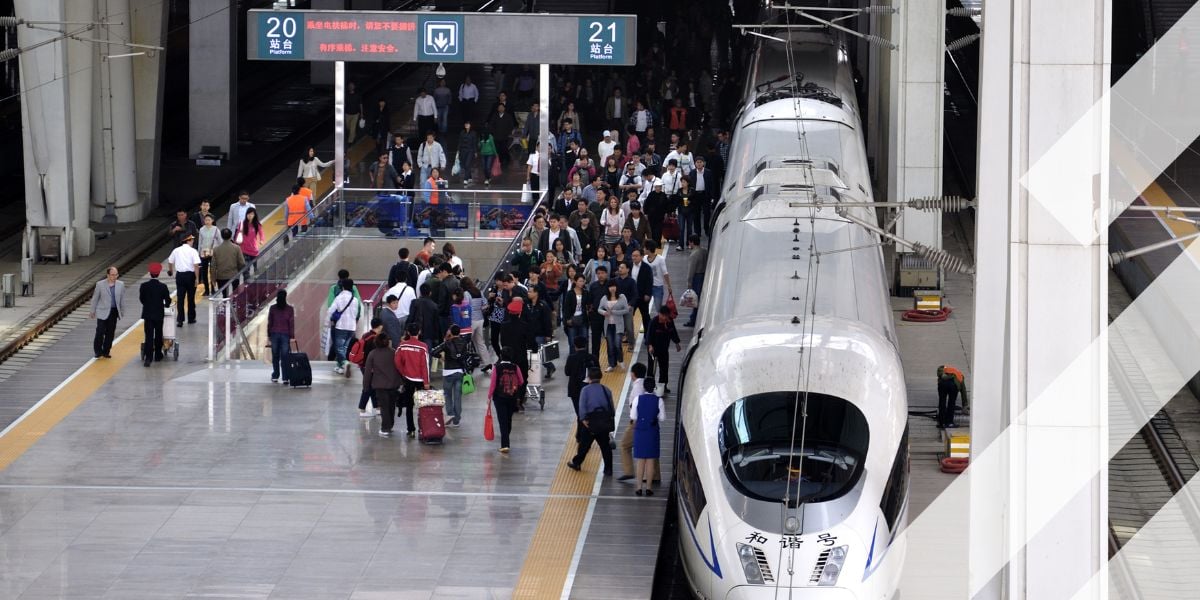THE ROAD IS LONG… The Development, Deployment and Challenges of CCAM
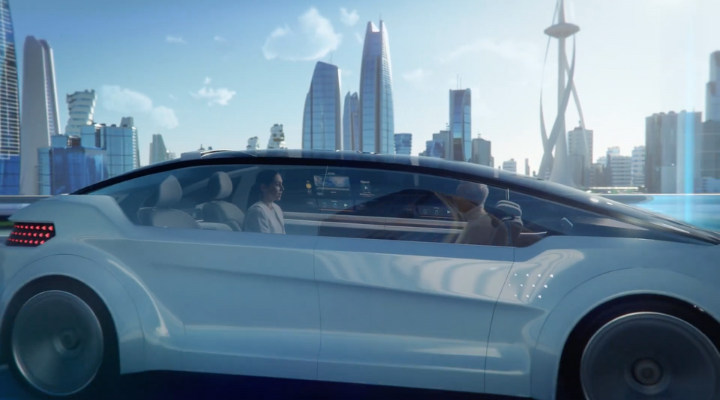
The European Commission’s definition of Connected, Co-operative and Autonomous Mobility makes for interesting reading:
“In many respects today's vehicles are already connected devices. However, in the very near future they will also interact directly with each other and with the road infrastructure. This interaction is the domain of Cooperative Intelligent Transport Systems (C-ITS), which will allow road users and traffic managers to share information and use it to coordinate their actions. This cooperative element – enabled by digital connectivity between vehicles and between vehicles and transport infrastructure – is expected to significantly improve road safety, traffic efficiency and comfort of driving, by helping the driver to take the right decisions and adapt to the traffic situation.”
The overarching vision of Cooperative, Connected, and Autonomous Mobility (CCAM) represents something of a fundamental shift in how we approach transport and, essentially, mass movement. By integrating advanced vehicle technologies with digital infrastructure and intelligent communication, CCAM aims to create safer, cleaner and more efficient mobility systems.
However, this transformative vision is still in its early stages, and significant challenges remain across three key domains: innovation, development, and deployment.
''The overarching vision of Cooperative, Connected, and Autonomous Mobility (CCAM) represents something of a fundamental shift in how we approach transport.''
Innovation Challenges: Building the Future of Autonomous Intelligence
At the heart of CCAM lies technological innovation - the fusion of AI, machine learning, edge computing, and 5G connectivity - but these technologies still face hurdles that limit their maturity and safe integration into real-world applications.
Artificial Intelligence and Decision-Making
Developing AI capable of navigating unpredictable environments remains a major challenge. Despite the progress made by companies such as Waymo (a subsidiary of Alphabet) their autonomous systems still require human oversight in complex urban settings. Situations involving ambiguous road markings, erratic pedestrians, or emergency vehicles can confound even the most advanced of algorithms.
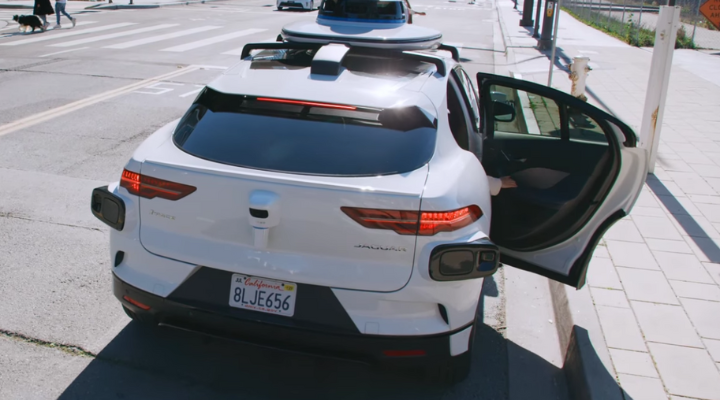
In the US companies like Aurora Innovation are working on improving the robustness of AI decision-making through sensor fusion and edge-based learning, while European initiatives like the ENABLE-S3 project aim to validate autonomous systems through rigorous simulation and testing frameworks.

"European initiatives such as the ENABLE-S3 project are aiming to validate autonomous systems through rigorous simulation and testing frameworks."
Cybersecurity and Data Integrity
With vehicles becoming connected data hubs, cybersecurity emerges as a pressing innovation challenge. Malicious attacks on vehicle-to-everything (V2X) systems could have catastrophic consequences. As long ago as 2015, researchers famously demonstrated how they could remotely disable a Jeep Cherokee via its infotainment system = a wake-up call for the industry.
To combat this, companies such as Continental and Bosch, and cybersecurity firms including Israel’s Karamba Security are developing intrusion detection systems, secure over-the-air updates, and encryption protocols to safeguard data and vehicle systems.
Human-Machine Interface (HMI)
Another frontier is in the design of intuitive and trustworthy human-machine interfaces, especially in vehicles operating at SAE Levels 2 and 3 automation. Effective HMI is crucial for ensuring that drivers can smoothly take over control when needed. Tesla’s Autopilot system, for example, has faced criticism for unclear handoff protocols, contributing to several high-profile accidents.
European research initiatives like HEADSTART and Hi-Drive are exploring methods to standardise HMI across manufacturers to foster user trust and improve safety.
''European research initiatives like HEADSTART and Hi-Drive are exploring methods to standardise HMI across manufacturers to foster user trust and improve safety.''
Development Challenges: Engineering Interoperability and System Integration
While innovation is essential, the engineering phase introduces its own challenges - especially around system integration, testing and scalability.
Sensor and Infrastructure Limitations
For autonomous systems to function reliably, they require accurate sensor input and real-time data from the environment. However, sensors like LiDAR and radar can be disrupted by weather conditions, reflections or obstructions. Moreover, the high-definition maps autonomous vehicles rely on require constant updates, which is logistically intensive.
Companies like Velodyne and Luminar are pushing the envelope in LiDAR technology to reduce cost and increase performance. Simultaneously, Mobileye is working on creating dynamic, crowd-sourced mapping solutions to keep HD maps current at scale.
Interoperability and Standards
The lack of standardised communication protocols for V2X technologies is undoubtedly hindering large-scale CCAM deployment. Vehicles from different manufacturers need to communicate not only with each other but with infrastructure and pedestrians - a task complicated by differing regional regulations and technologies.
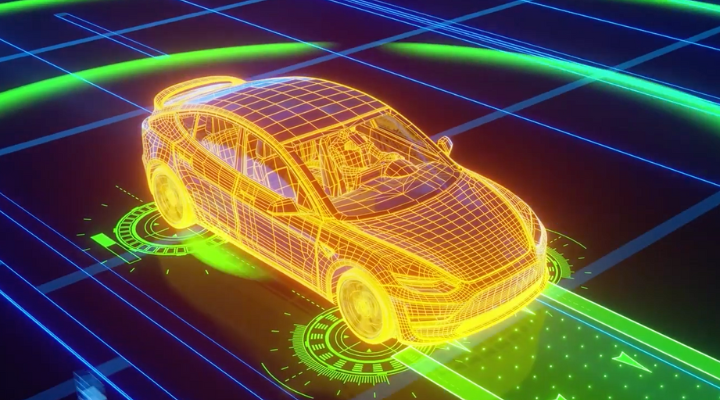
The 5G Automotive Association (5GAA) is tackling this problem by advocating for global standards that align cellular V2X (C-V2X) technologies with infrastructure development. Meanwhile, the EU’s CCAM Partnership is promoting harmonisation across member states through cross-border projects (AITHENA, CONDUCTOR, EVENTS, FRODDO, iEXODDUS and PODIUM) and launched the Integrated CCAM Technologies Cluster earlier this month.
Simulation and Validation
Validating autonomous vehicles in all conceivable driving scenarios is a monumental (some might say impossible) task. Testing every edge case in the real world is not feasible. This is why companies such as NVIDIA (with its DRIVE platform) and AVL are developing advanced simulation environments, using synthetic data to expose autonomous systems to rare and dangerous scenarios virtually.
Deployment Challenges: Bringing CCAM to the Real World
Even when technologies are technically ready, deployment presents policy, infrastructure and societal challenges.
Infrastructure and Connectivity Gaps
Widespread deployment of CCAM depends on digital infrastructure like roadside sensors, edge computing nodes, and 5G connectivity. However, most cities and rural areas are far from being "smart" enough to support connected vehicles.
Qualcomm and Ericsson are working with governments to roll out 5G infrastructure tailored to support mobility applications, while cities including Hamburg and Phoenix are piloting CCAM solutions on public roads in partnership with mobility providers.
''Widespread deployment of CCAM depends on digital infrastructure like roadside sensors, edge computing nodes, and 5G connectivity.''
Legal and Regulatory Frameworks
Despite the best efforts of numerous individuals, there is no consistent global legal framework for autonomous vehicles. Questions around liability in the event of a crash, data ownership, and ethical programming remain unresolved. The regulatory patchwork complicates deployment, especially for companies operating across borders.
In the EU, the CCAM Partnership under Horizon Europe is actively shaping policy and funding collaborative research. In the US, the National Highway Traffic Safety Administration (NHTSA) has issued voluntary guidelines but is yet to enforce comprehensive standards.
Public Acceptance and Trust
Consumer acceptance is a make-or-break factor for CCAM success. Surveys reveal mixed perceptions - many people remain sceptical of fully autonomous vehicles, citing safety and control concerns. High-profile crashes involving Tesla’s Autopilot or Uber’s autonomous test vehicles have only served to fuel that mistrust.
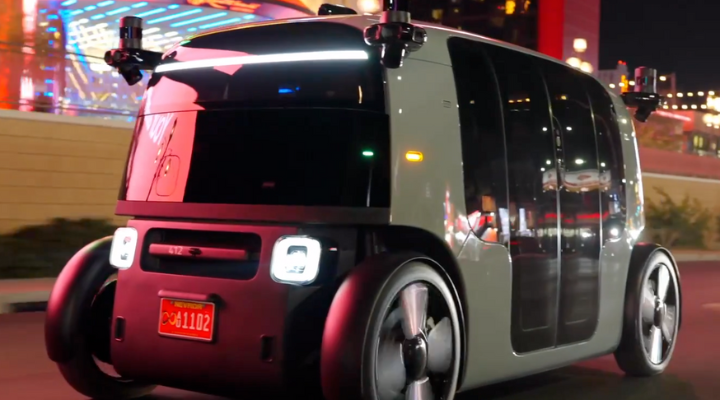
To build public confidence, companies like Zoox and Nuro are emphasising safety-first designs and limited-use scenarios such as package delivery and geo-fenced shuttle services. Public awareness campaigns and transparent communication will be key to long-term adoption.
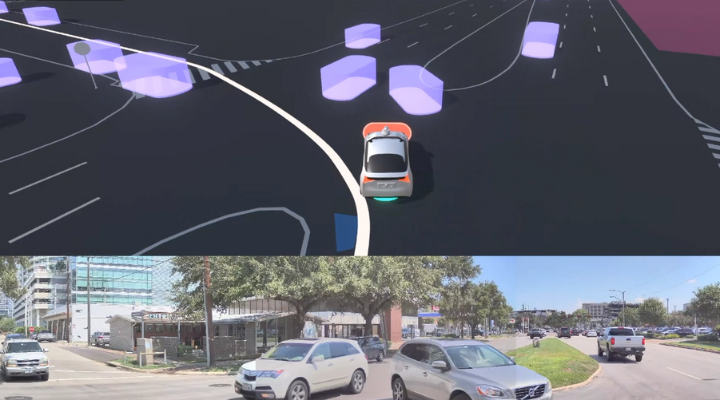
''To build public confidence, companies like Zoox and Nuro are emphasising safety-first designs and limited-use scenarios such as package delivery and geo-fenced shuttle services.''
The Road Ahead?
CCAM has the potential to revolutionise mobility by reducing accidents, congestion and emissions while enhancing accessibility. But realizing this vision requires coordinated innovation, robust development, and thoughtful deployment. Governments, tech giants, automotive OEMs, and startups must work together to overcome technical, legal, and societal hurdles.
The most successful efforts will likely be those that are inclusive, interoperable, and aligned with both human needs and environmental goals. Someone quote possibly once said: “The journey to full CCAM is a marathon, not a sprint” and while the road ahead may be complex, the destination is definitely one that is worth striving for.




